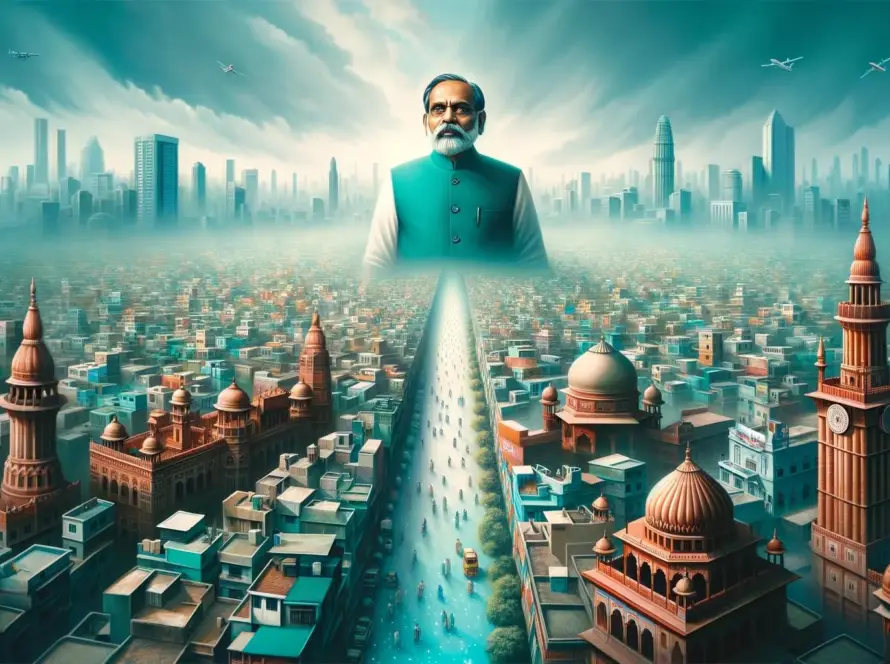Generated by Contentify AI

In the realm of global politics and economics, few figures have commanded as much attention in recent years as Narendra Modi, the Prime Minister of India. Known for his bold economic policies and sweeping reforms, Modi’s leadership has sparked both admiration and controversy worldwide. Understanding the economic policies of Narendra Modi is crucial for grasping the direction of one of the world’s fastest-growing economies.
At the core of Modi’s economic strategy is his vision of transforming India into a global economic powerhouse. His “Make in India” initiative aims to boost domestic manufacturing, attract foreign investment, and create millions of jobs. By streamlining regulations, improving infrastructure, and promoting entrepreneurship, Modi seeks to unleash the full potential of India’s vast workforce and natural resources.
One of Modi’s most notable policies is the introduction of the Goods and Services Tax (GST), a comprehensive indirect tax reform aimed at creating a unified market across India. This move has simplified the tax structure, eliminated cascading effects, and enhanced ease of doing business. While the GST rollout faced initial challenges, its long-term benefits are expected to outweigh the transitional hurdles.
Critics of Modi’s economic policies cite concerns about income inequality, job creation, and the impact on small businesses. Despite these challenges, Modi’s government has taken steps to address these issues through initiatives like the Pradhan Mantri Jan Dhan Yojana, which aims to provide financial inclusion to all households in India. As the economic landscape continues to evolve, understanding the intricacies of Modi’s policies becomes increasingly vital for investors, policymakers, and citizens alike.



